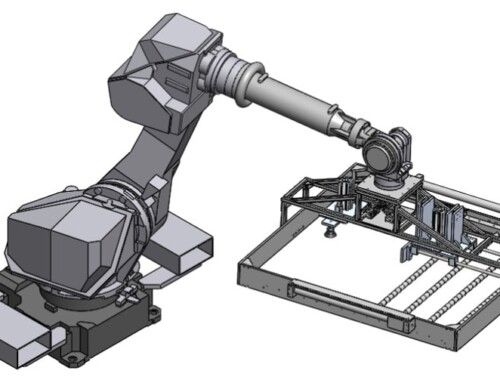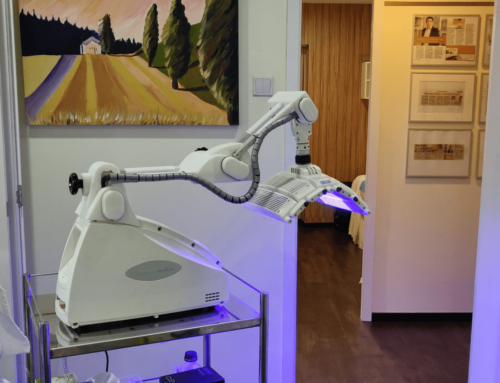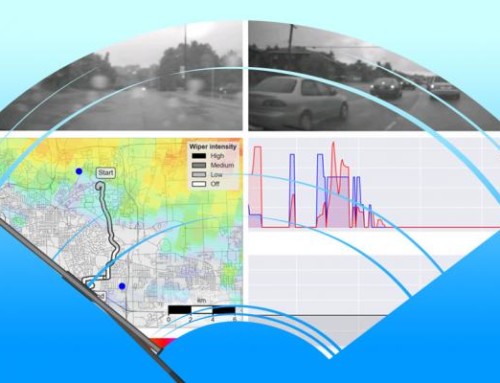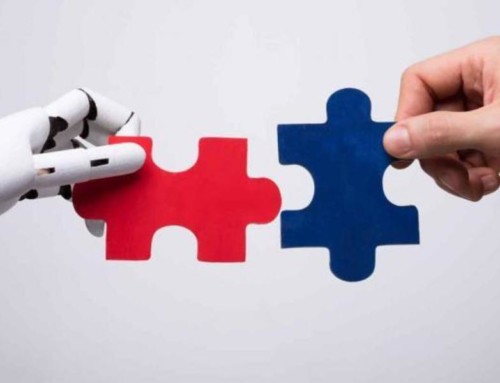The Client is a global life-sciences company who wanted to accurately measure the volume of a heavy immiscible powder in a PCR Tube filled with water.
Design Brief:
It was necessary to have automated measurements of at least 100 test samples before any manual intervention (loading/unloading of test samples). The system had to fit on a lab bench (500mm x 500mm). Life sciences labs usually do not like air-compressors because of the vibration and noise. As such, the system has to be fully electro-mechanical.
Our Solution:
To enable easy loading and unloading of test samples, we used our systematic and proven approach to designed PE (polyethylene) trays to hold the test samples. PE is a low cost engineering plastic with good machining properties and good chemical resistance and easily detected with sensors. The material handling flow was designed to be a like a “Shift Register” system allowing the trays to be stacked up beside each other and shift together when required.
A Stepper Motor Drive pushes the Tray of empty test samples under the Dispensing Nozzle. The dispensing nozzle (connected to a tube from a peristaltic pump) dispenses a fixed volume into the PCR tube. An electrical solenoid acts a shaker system to clear the nozzle tip of the last dispensed droplet. The test samples are systematically filled up. Once the tray sample is completely filled, it is shifted across to the vision system. This also gives enough time for the powder to settle properly in the PCR tube before vision inspection.
Another stepper motor drive pushes each sample into the view area of the vision system. The vision system has been calibrated to identify the top edge of the powder which has by now nicely settled in the tube. The challenges involved are the round features of the PCR Tube and deformed images. Vision programming enables us to filter the deformations and accurately measure the height of the powder in the PCR tube. Based on calibration tests, we can equate the height measurement to the volume measurement to get the volume data for the test sample.
The Control Architecture uses a Tablet PC to control the Vision System and a Panasonic PLC to do the stepper motor driver Input/Output control.
The Result:
The life sciences lab testing has become significantly efficient with automated vision measurements of their test samples.
Please see the video here:





